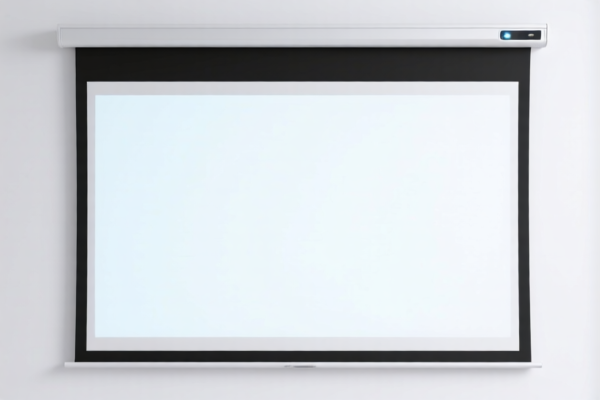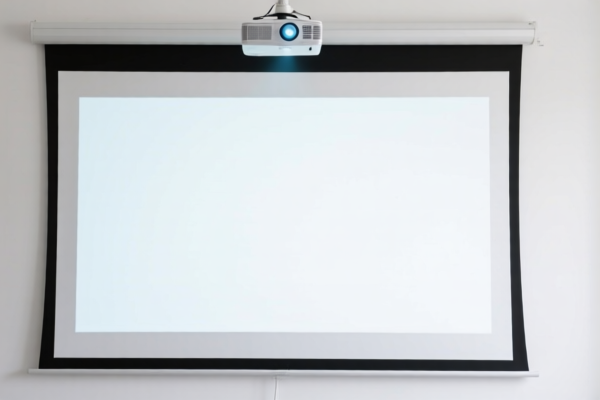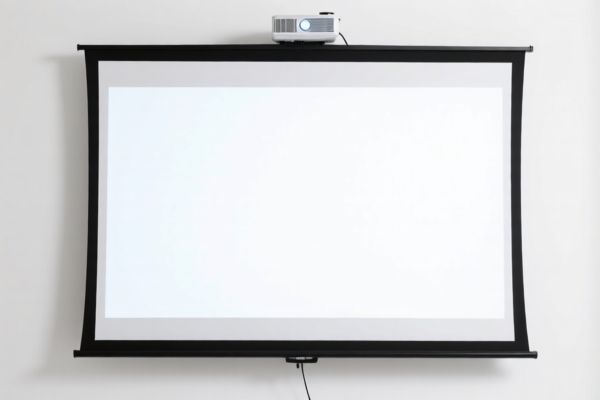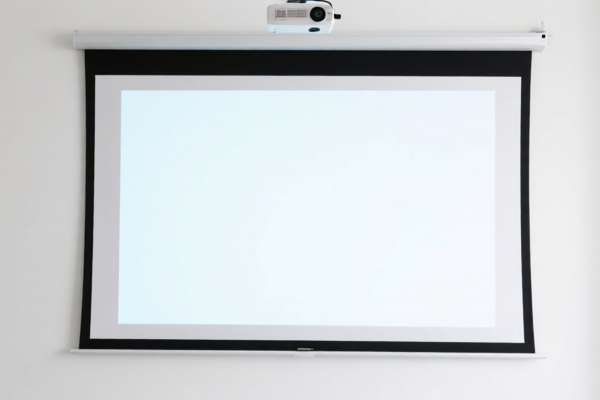| HS Code | Official Doc | Tariff Rate | Origin | Destination | Effective Date |
|---|---|---|---|---|---|
| 8528690500 | Doc | 55.0% | CN | US | 2025-05-12 |
| 8528695000 | Doc | 42.5% | CN | US | 2025-05-12 |
| 8544499000 | Doc | 58.9% | CN | US | 2025-05-12 |
| 8544429090 | Doc | 57.6% | CN | US | 2025-05-12 |
| 9008504000 | Doc | 34.6% | CN | US | 2025-05-12 |
| 9031499000 | Doc | 55.0% | CN | US | 2025-05-12 |
| 9031497000 | Doc | 55.0% | CN | US | 2025-05-12 |




Wireless Screen Projector
A wireless screen projector is a device that receives video and audio signals without physical cables, typically via Wi-Fi or Bluetooth, and displays them on a projection screen or compatible surface. These projectors offer portability and convenience, reducing clutter and simplifying setup compared to traditional projectors.
Material
- Housing: Commonly constructed from plastic (ABS, polycarbonate) for lightweight portability. Higher-end models may utilize metal alloys (aluminum) for improved heat dissipation and durability.
- Display Technology:
- LCD (Liquid Crystal Display): Offers good color accuracy and brightness at a relatively lower cost.
- DLP (Digital Light Processing): Known for high contrast ratios, sharp images, and a more compact physical size.
- LED (Light Emitting Diode): Provides long lamp life, energy efficiency, and good color reproduction. Increasingly common in portable models.
- Light Source:
- Lamp-based: Traditional, typically utilizing UHP (Ultra High Performance) lamps. Becoming less common due to shorter lifespan and higher energy consumption.
- LED: Dominant in newer, portable projectors.
- Laser: Offers the longest lifespan and highest brightness, but generally found in higher-end models.
- Lenses: Typically glass lenses, optimized for specific throw ratios and image quality.
- Internal Components: Printed circuit boards (PCBs), processors, memory chips, Wi-Fi/Bluetooth modules, speakers, and power supplies.
Purpose
The primary purpose of a wireless screen projector is to display content from various sources – smartphones, tablets, laptops, streaming devices, or even directly from the internet – onto a larger screen without the need for physical cable connections. They are used for:
- Home Entertainment: Movie nights, gaming, streaming content.
- Business Presentations: Sharing presentations wirelessly in meeting rooms or on the go.
- Education: Classroom presentations and interactive learning.
- Mobile Use: Outdoor movie screenings, camping, travel.
Function
- Wireless Connectivity: Connects to source devices via Wi-Fi (often Miracast, AirPlay, or DLNA) or Bluetooth. Some models support direct Wi-Fi Direct connections.
- Screen Mirroring: Duplicates the screen of a smartphone or tablet onto the projection surface.
- Streaming Support: Many projectors have built-in streaming apps (Netflix, YouTube, etc.), eliminating the need for an external streaming device.
- Keystone Correction: Corrects image distortion caused by projecting onto a non-flat surface or at an angle. Both vertical and horizontal keystone correction are common.
- Focus Adjustment: Manually or automatically adjusts the image sharpness.
- Zoom Function: Allows adjusting the image size without moving the projector. Digital zoom is common, though optical zoom offers better image quality.
- Built-in Speakers: Provide audio output, though external speakers are often used for better sound quality.
- Input Ports: Often include HDMI, USB, and audio ports for connecting wired devices.
Usage Scenarios
- Home Theater: Replacing traditional projectors for a more flexible and clutter-free setup.
- Outdoor Movie Nights: Projecting movies onto a sheet or wall in a backyard or camping site.
- Business Meetings: Presenting wirelessly in conference rooms without the hassle of cables.
- Classroom Instruction: Sharing content from laptops or tablets with students.
- Travel and Portable Use: Presenting on the go or enjoying entertainment in different locations.
Common Types
- Portable Mini Projectors: Compact and lightweight, often battery-powered, ideal for travel and casual use. Typically have lower brightness and resolution.
- Short Throw Projectors: Designed to be placed close to the screen, ideal for small rooms.
- Smart Projectors: Include built-in operating systems (Android TV, etc.) and streaming apps, eliminating the need for external devices.
- 1080p Projectors: Offer Full HD resolution for sharper and more detailed images.
- 4K Projectors: Provide Ultra HD resolution for the highest level of detail and clarity.
- LED Projectors: Increasingly popular due to their long lifespan and energy efficiency.
The declared goods, “wireless screen projector,” can be classified based on its function and application. These projectors are designed to display images or videos wirelessly, typically for presentations, home entertainment, or similar applications.
Here are the relevant HS codes based on the provided reference material:
-
8528690500: Monitors and projectors, not incorporating television reception apparatus; reception apparatus for television, whether or not incorporating radio-broadcast receivers or sound or video recording or reproducing apparatus: Projectors: Other: Color: Incomplete or unfinished (including assemblies consisting of the parts specified in subdivisions (a), (b), (c) and (e) in additional U.S. note 9 to this chapter plus a power supply), presented without a display device: Incorporating video recording or reproducing apparatus.
- 85: Electronic machinery and equipment and parts thereof.
- 28: Monitors, televisions, projectors, receivers of television, sound or video recording or reproducing apparatus.
- 69: Projectors.
- 05: Other: Color: Incomplete or unfinished (including assemblies consisting of the parts specified in subdivisions (a), (b), (c) and (e) in additional U.S. note 9 to this chapter plus a power supply), presented without a display device: Incorporating video recording or reproducing apparatus.
-
8528695000: Monitors and projectors, not incorporating television reception apparatus; reception apparatus for television, whether or not incorporating radio-broadcast receivers or sound or video recording or reproducing apparatus: Projectors: Other: Color: With a flat panel screen: Other: Other.
- 85: Electronic machinery and equipment and parts thereof.
- 28: Monitors, televisions, projectors, receivers of television, sound or video recording or reproducing apparatus.
- 69: Projectors.
- 50: Other: Color: With a flat panel screen: Other: Other.
-
9008504000: Image projectors, other than cinematographic; photographic (other than cinematographic) enlargers and reducers; parts and accessories thereof: Projectors, enlargers and reducers: Other image projectors.
- 90: Optical, photographic, cinematographic, measuring, checking, precision, medical or surgical instruments and apparatus; parts and accessories thereof.
- 08: Image projectors, other than cinematographic; photographic (other than cinematographic) enlargers and reducers.
- 50: Projectors, enlargers and reducers.
- 40: Other image projectors.
-
9031499000: Measuring or checking instruments, appliances and machines, not specified or included elsewhere in this chapter; profile projectors; parts and accessories thereof: Other optical instruments and appliances: Other: Other.
- 90: Optical, photographic, cinematographic, measuring, checking, precision, medical or surgical instruments and apparatus; parts and accessories thereof.
- 31: Measuring or checking instruments, appliances and machines, not specified or included elsewhere in this chapter; profile projectors.
- 49: Other optical instruments and appliances.
- 90: Other: Other.
Regarding HS code 9008504000, please note that this code specifically excludes cinematographic projectors. If the wireless screen projector is intended for cinematographic use, another HS code may be more appropriate.
Customer Reviews
No reviews yet.